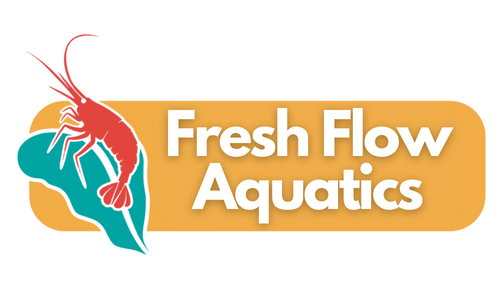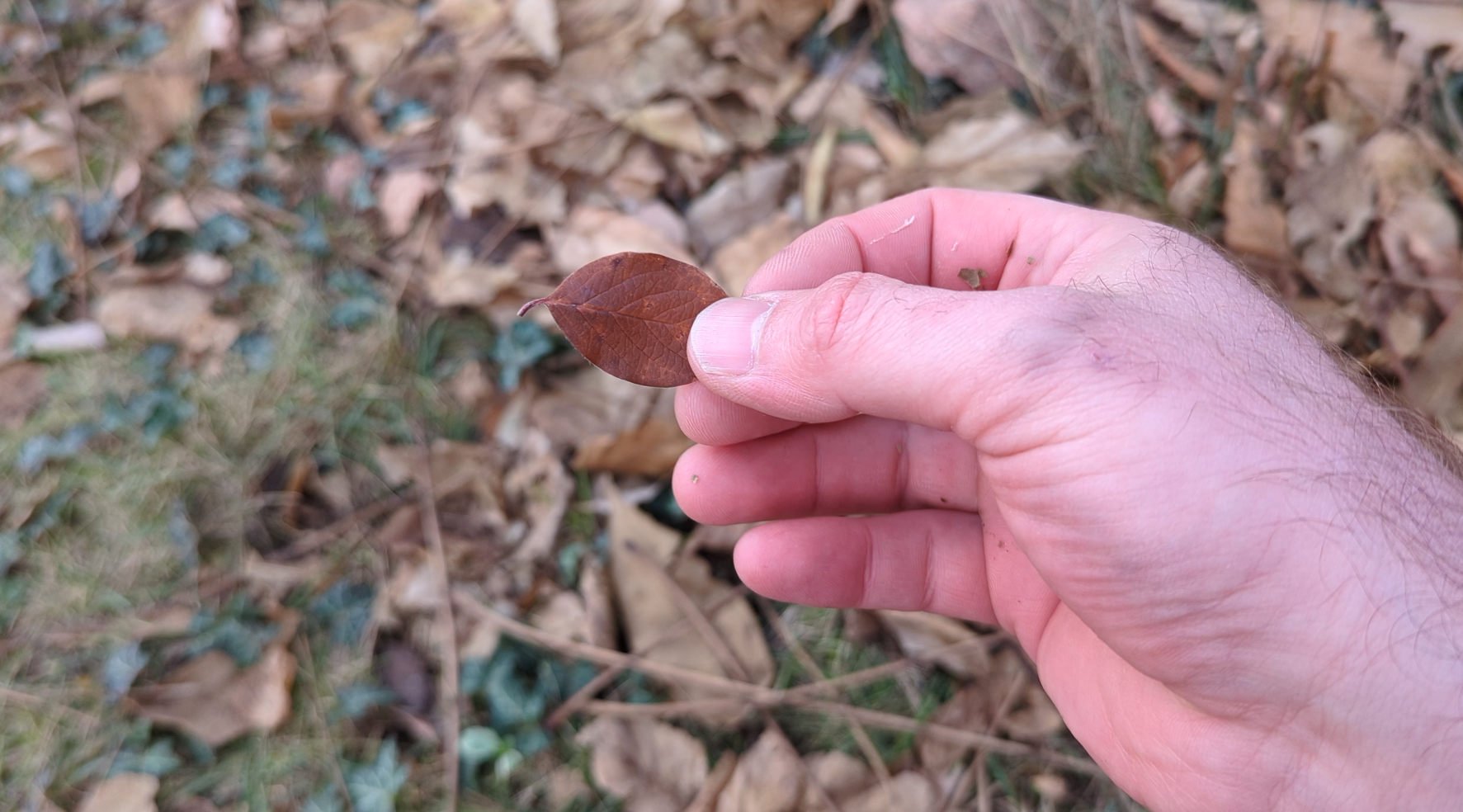Safely collecting backyard leaves for your planted aquarium
Leaves are a terrific addition to any planted aquarium. Not only do they look incredible, but they mimic natural environments creating better habitats for our livestock.
You can buy specialty aquarium leaves, usually Indian almond leaves, but that’s gonna cost you $10 for a little bag. If you’ve ever spent any time outside, you’ll know that there’s an abundance of free leaves out there. In this article, I’ll cover some of the things that you want to look out for, and some of the things that you’ll want to avoid when collecting leaves for your aquarium.
Check out the video to see how it’s done!
Advantages of using leaves in the aquarium
Leaves make an excellent addition to pretty much any aquarium. They provide excellent habitat for fish, especially small bottom dwellers. If you look directly above, you’ll notice that half a dozen kuhli loaches are out and about mid-day. That’s because they have good cover in the form of leaves, and feel secure. If you’re trying to breed amphipods or other bottom dwelling inverts, leaves on a bare glass bottom make for an excellent substrate.
Leaves are the perfect growing medium for bio film. So throw some leaves in your shrimp or fry grow out tank to provide lots of micro flora and fauna.
A lot of people will tote the fact that leaves can lower pH without the introduction of chemicals. This is true to some degree. What happens is leaves release tannins AKA tannic acid. You’ll notice that the addition of leaves tints your tank water a bit. That yellow/brown coloration is tannic acid.
The amount of tannic acid require to substantially alter aquarium pH is quite high. Unless the majority of your tank was leaves, I would count on them to change much in your tank.
Perhaps an old wives tale, perhaps not… Leaves are said to contain antibiotic properties helping to keep everyone in your tank healthy.
Finding the right leaves
The best leaves for aquariums are ones that are completely dried up. They should be so desiccated that they crumble in your hands at the slightest sign of pressure. If you are able to bend the leaf in half without it crumbling, then it needs more time to dry out before harvesting.
There should be no signs of pigment left in the leaves - that means green, orange, yellow or red. The leaves should be completely brown and shriveled.
A crumbly leaf, the sign that it’s ready to be added to your aquarium.
Things to avoid
Now that you know what to look for, let’s cover a few things to avoid. First thing, make sure the leaves are completely DRIED OUT! Some signs that leaves are not dried out are that you can bend them in half without snapping and that they still have some pigment in them. This results in leaves decomposing in your tank, creating a slimy film that coats the sponges in your filter leading to a clogged filter.
This leaf still has pigment and is very flexible. It’ll have to wait a couple more weeks before being considered for an aquarium.
Obviously I can’t cover every species of tree or shrub that puts leaves out, but there are a few common groups to avoid.
Leaves from fruit trees are considered somewhat controversial, especially stone fruits. They can contain a bit of cyanide in them, which will not be good for your aquarium. That being said, I’ve read plenty of accounts of people using apple or pear leaves in their tanks.
The big ones to avoid would be from species that have toxins. If it’s something that would be harmful for wildlife or a pet to eat, then that’s something to avoid. Wisteria, ivy and some hemlocks are examples of common toxic backyard plants.
Another thing to look out for is abnormalities in leaves. If you see little bumps or growths on leaves, those could be galls. Galls form when gall wasps inject growth hormones into leaves, resulting in uncontrolled growth, AKA a tumor. They follow up with laying an egg inside the gall, so that the gall wasp larvae develops inside the tumor, which provides it with an abundance of food. I would avoid adding these to your tank, cause it could mess with your water quality.
Fuzzy oak galls, all those little bumps on the leaves are little wasp larvae! Basically little caterpillars.
Know your leaves
May sound a little hippieish, but get to know your leaves. I’ve used a good number of leaves from my backyard over the years and know which ones are best for various reasons.
Oak - Leathery leaves that last for up to two months in the aquarium before getting eaten and disappearing. Really pretty texture, probably my most favorite backyard leaf to collect.
Aspen - A native tree to my area with dainty little leaves that last up to a month under water.
Tree of heaven - The biggest tree in my backyard with by far the most leaves. Unfortunately they disintegrate within about a week of entering my fish tank.
Cotoneaster - These are shrubs that shed very tiny leaves. They are fairly thick and last a lot longer than tree of heaven leaves.
My backyard leaf pile.
Prepping leaves
Prepping leaves isn’t absolutely necessary, but it does help for a few reasons. Firstly, soaking the leaves in hot water helps to water log them so they don’t float to the surface, and also transforms them from their delicate crumbly texture to that solid, flexible tank-worthy state. The prepping process also washes the leaves off, which can be useful if you are collecting leaves from an area that receives vehicular pollution.
The process is the same as cooking a pack of instant ramen.
Step 1 - boil water
Step 2 - fill pot with leaves
Step 3 - pour boiling water into leaf pot
Your leaves should be ready within a couple hours. All you gotta do is toss them in the tank at this point!






